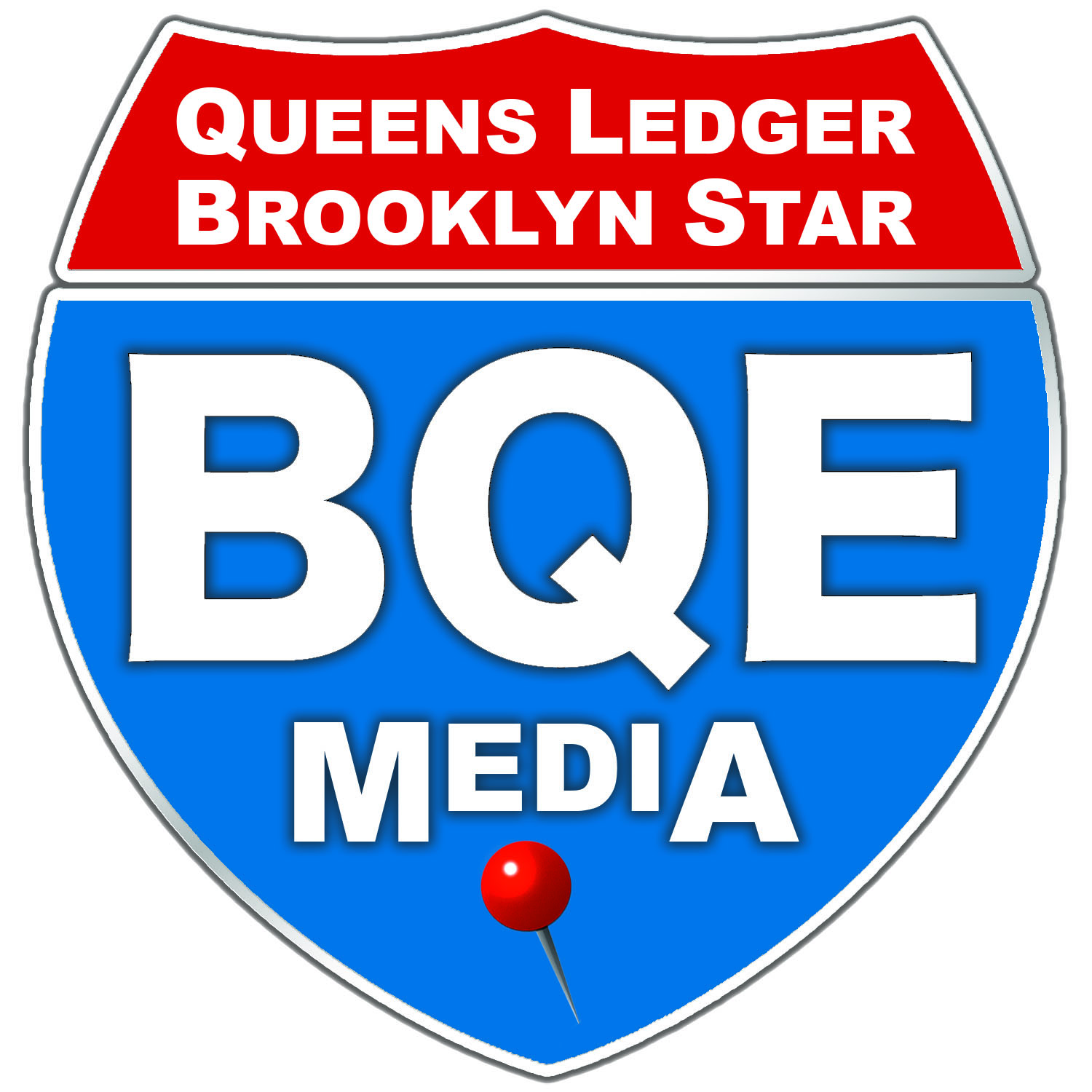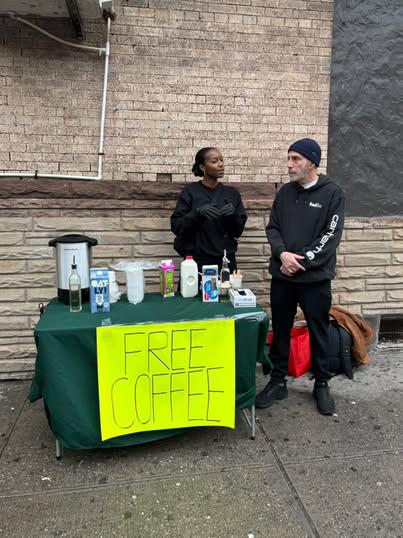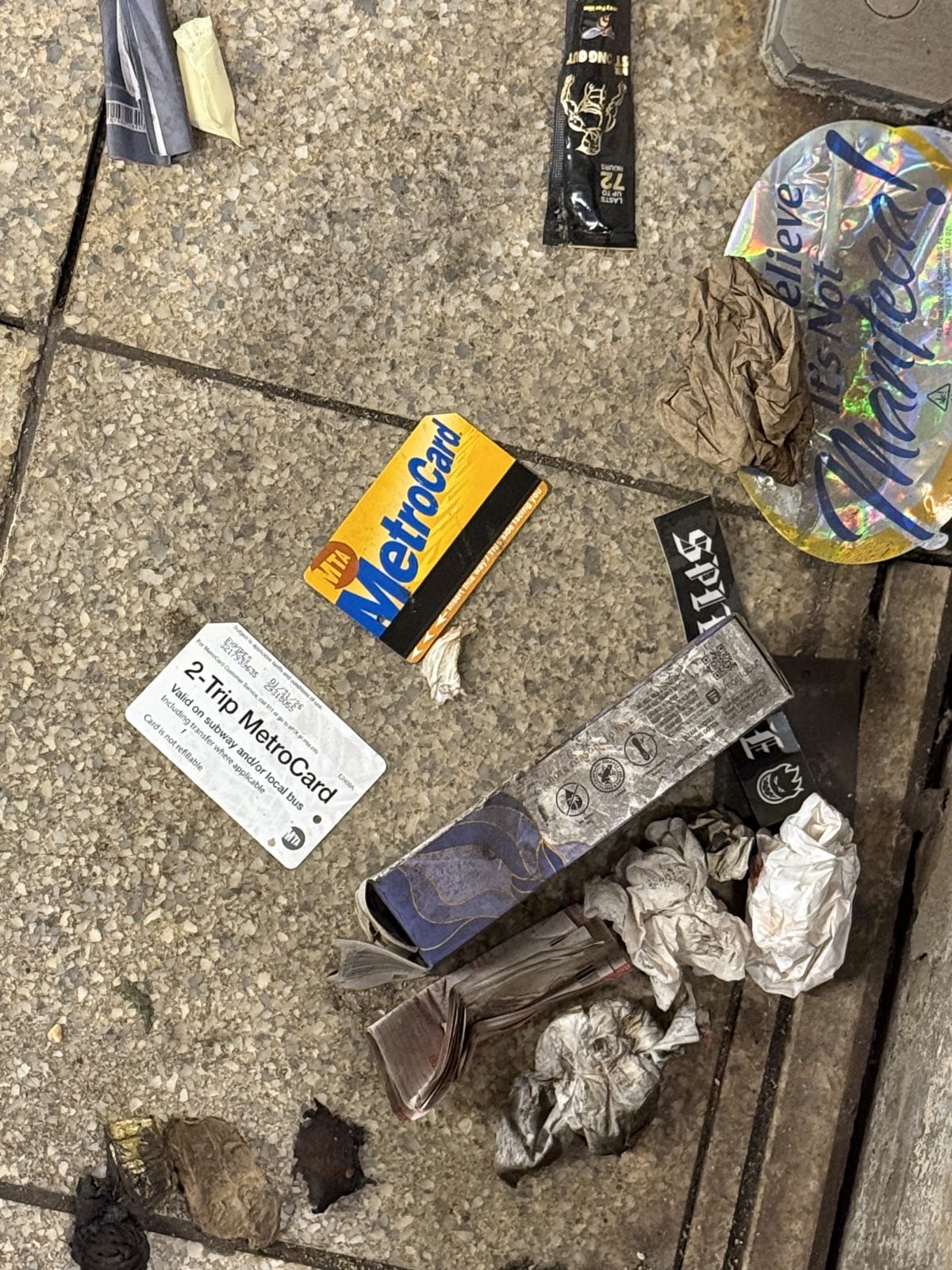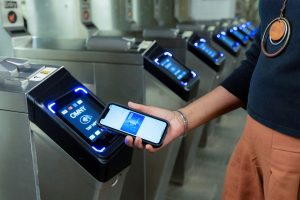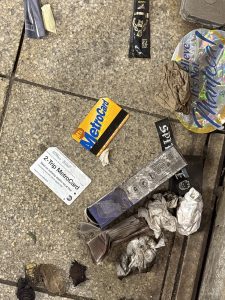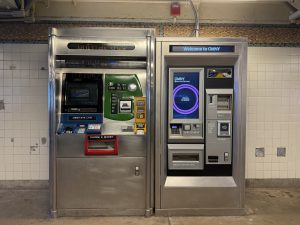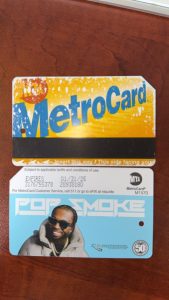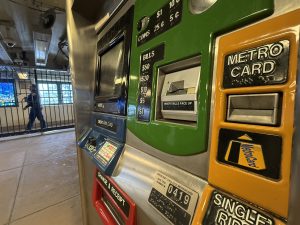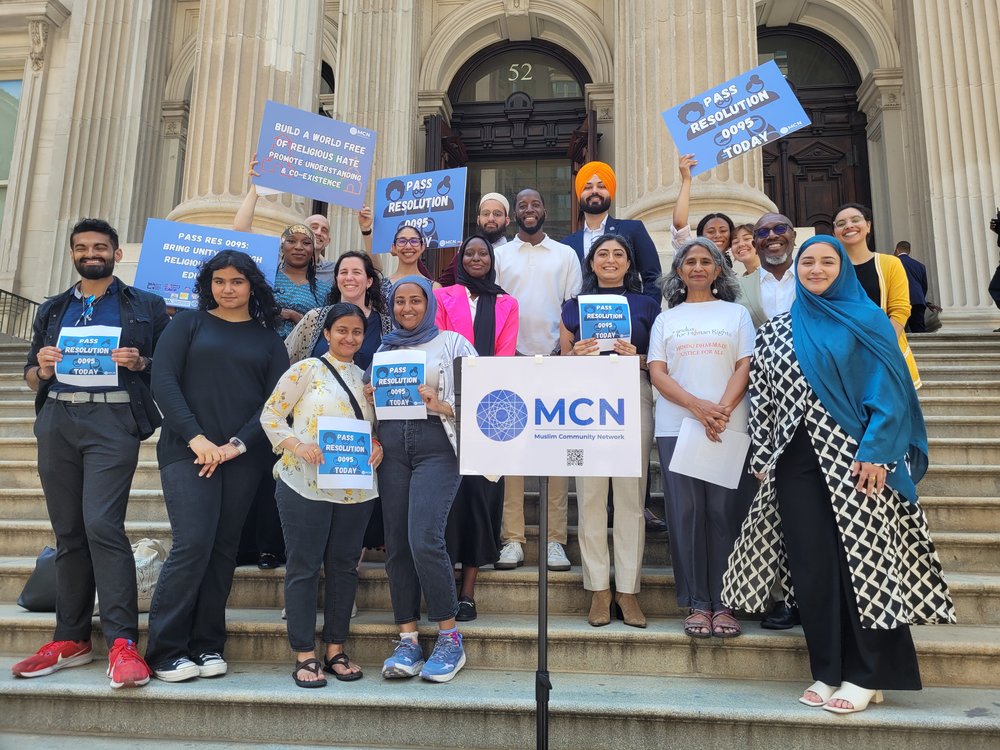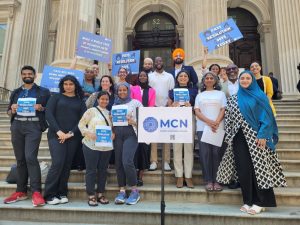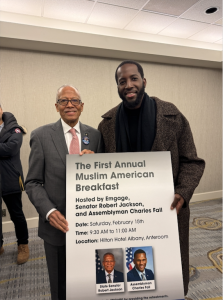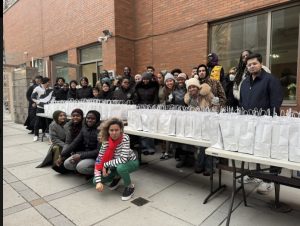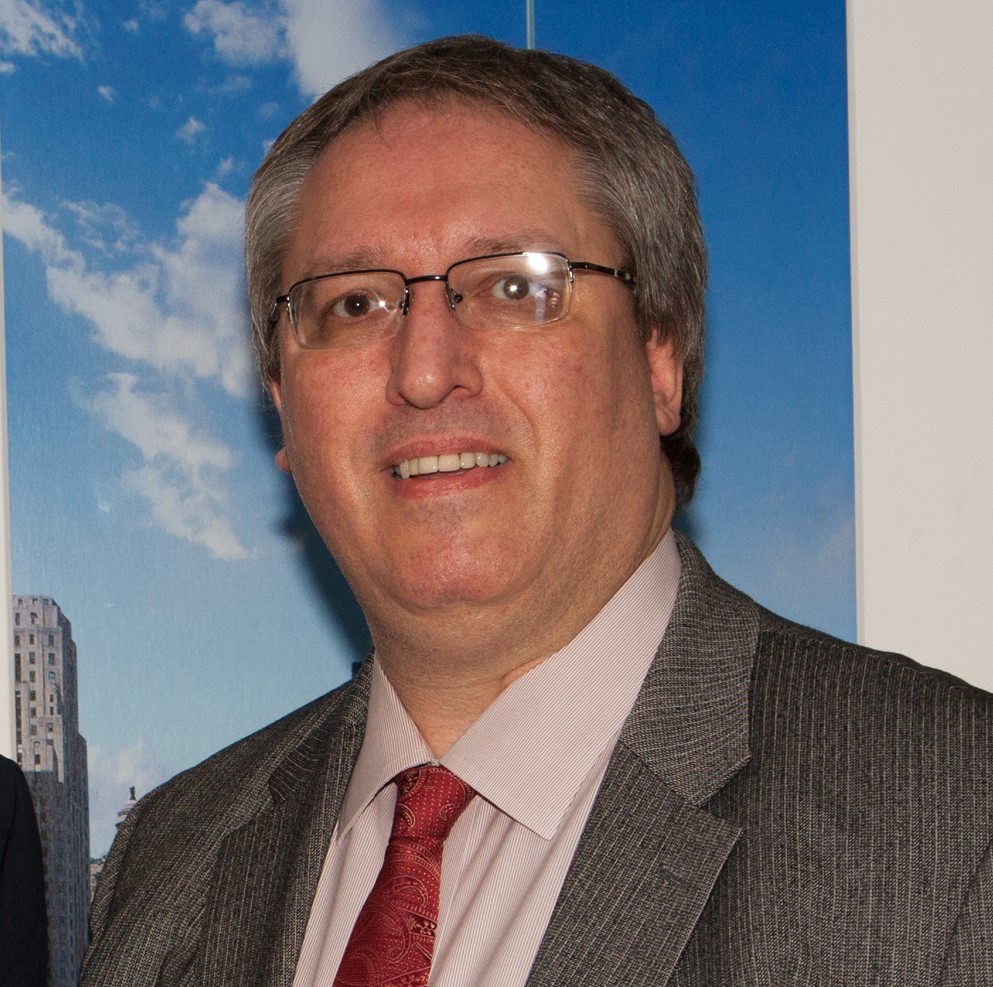Ridgewood Neighbors – An Initiative Doing Random Acts of Kindness
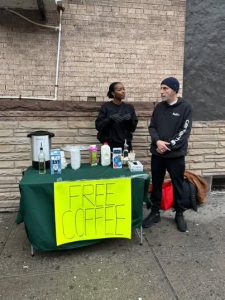
Courtesy Ridgewood Neighbors
By: Sierra Ryan | sryan@quensledger.com
In the Ridgewood neighborhood, new Queens Community Board 5 member Ravahn Rodriguez, a
singer and producer is running a new kind of group that’s doing something randomly good for their
neighbors.
The model of ‘Ridgewood Neighbors’ focuses on doing something “good” and spicing it up by having it be “random.” She runs the organization alongside her husband, Brandon Rodriguez and her friend, Jairo Paredes.
This initiative has done wonders for her Ridgewood neighbors. Each month Ridgewood Neighbors plans an event for the community, whether it’s giving away free coffee by the Forest Ave M train stop or having a coat drive for someone in need. Doing something different each month seems to be part of the fun.
Being a member of CB5 allows Rodriguez to meet her neighbors and to learn about the needs of her
community. This way she says she can stay engaged with what’s going on in her neighborhood as well as being a caring presence that can take their concerns seriously. As a board member, Rodriguez hopes to learn from the members that came before her and to contribute to positive change around the neighborhood.
Ridgewood Neighbors was started in August of 2024 and was created as a way to give back to the
neighborhood.
“I think a big part for me was just growing up,” Rodriguez said. “I feel a bit of the New York way is to pass by your neighbors on the street, and this disconnect that I can feel from places that I’m living in. You kind of get up, go to work, mind your business get on the train and go. I felt inspired to just nurture love in the neighborhood.”
Rodriguez, her husband and Paredes live in Ridgewood and noticed the changes happening along with the rise of loneliness. She wanted a way to bridge that gap and be there for her community.
“How do we stand in the gap in a way and how do we show up for people with acts of kindness and acts of love in whatever little ways we can?” She said. “What does that look like? Especially since that is not something we have done before.”
“I am a practicing Christian as well, so Jeremiah 29 is a big influence for me just as is the importance of seeking the welfare of the place that you live, that’s an inspiration for me.” Rodriguez says.
For her it is important to find ways to spread joy in the neighborhood and to meet the needs of those in the community. “Right now, we’re gathering some pants for someone who needs them for work. She doesn’t have appropriate wear for her job. I have two people in the neighborhood who just kindly donated to help her out. To be able to tell someone, hey, this came from two other people who live in the neighborhood just spreads that sort of love.”
Ridgewood Neighbors has shown Rodriguez the power of what a kind gesture can do. People will begin to open up just from being asked their name and being
invited into the conversation.
Rodriguez hopes that people in the neighborhood will see that they can work together to help each other.
“There’s already been beautiful glimpses of that. So that is what I would love to see that is a big aspiration to help facilitate people helping one another. That would be a beautiful thing to see.”
